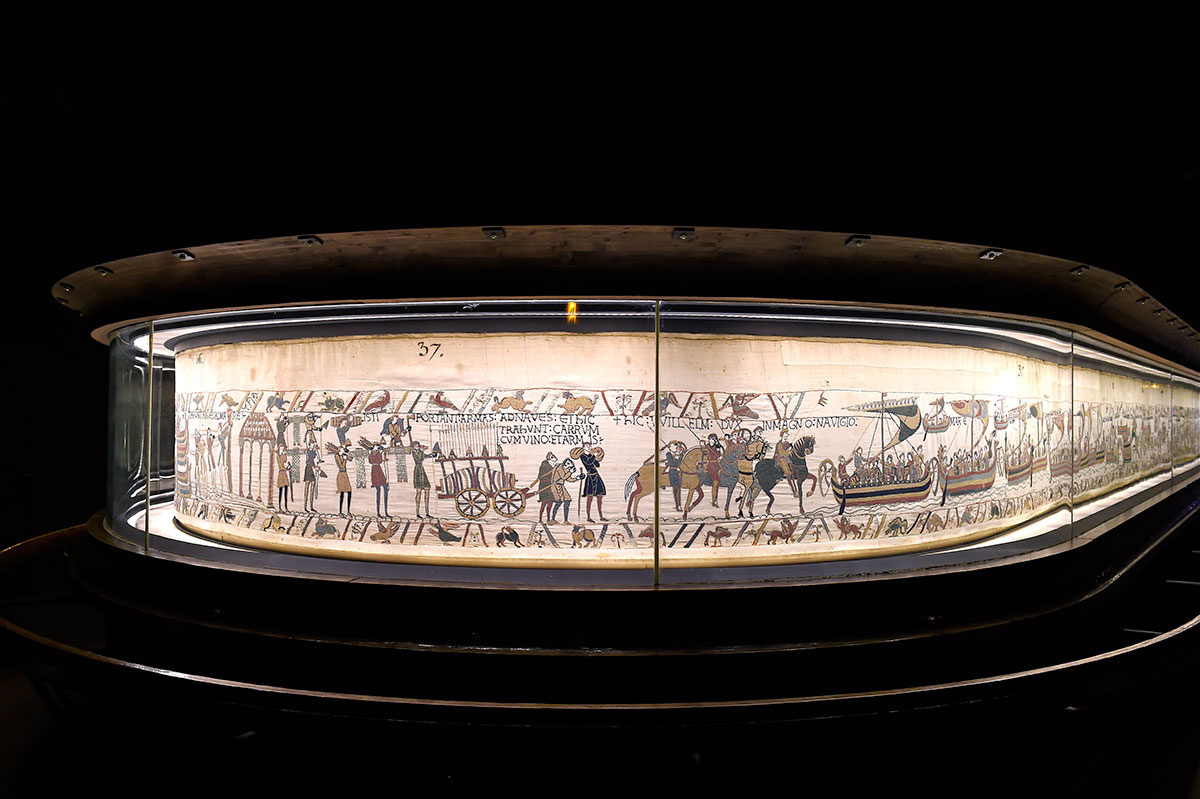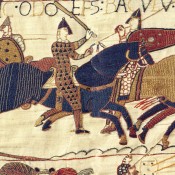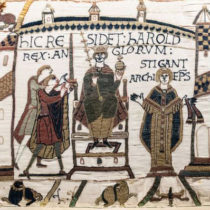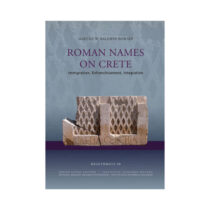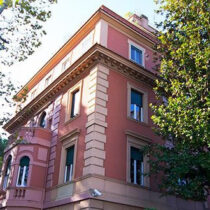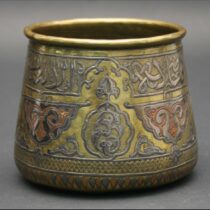After the signing of a historic loan agreement, for the Bayeux Tapestry to go to the British Museum for display.
In exchange, treasures from the British Museum that represent all four nations of the UK – including Sutton Hoo and the Lewis chess pieces – will travel to museums in Normandy, France.
The agreement, which will provide immense cultural and educational benefits for citizens in both countries, is due to be announced by UK Prime Minister Sir Keir Starmer and French President Emmanuel Macron, and will be signed by Director of the British Museum Nicholas Cullinan.
The 70-metre Bayeux Tapestry depicts the 1066 Norman invasion and Battle of Hastings, and is due to go on display in the Sainsbury Exhibitions Gallery at the British Museum in the autumn of 2026. The Museum will draw on its own collection as well as other loans in order to tell a rich story about this period of history.
This will be the first time that the tapestry has been shown in the UK since it was made, almost 1,000 years ago – and is expected to be one of our most popular exhibitions ever. The British Museum’s status as the UK’s most visited attraction, as well as one of the most popular in the world – attracting 6.5 million visitors in 2024 – means it is well placed to ensure that the widest possible audience will have the opportunity to enjoy it.
Nicholas Cullinan, Director of the British Museum, said: ‘The Bayeux Tapestry is one of the most important and unique cultural artefacts in the world, which illustrates the deep ties between Britain and France and has fascinated people across geographies and generations. It is hard to overstate the significance of this extraordinary opportunity of displaying it at the British Museum and we are profoundly grateful to everyone involved. This will be the first time the Bayeux Tapestry has been in the UK since it was made, almost 1,000 years ago. We are also delighted to send treasures from the British Museum representing all four nations of the UK – including Sutton Hoo treasures and the Lewis chess pieces – to France in return.
This is exactly the kind of international partnership that I want us to champion and take part in: sharing the best of our collection as widely as possible – and in return displaying global treasures of the world never seen in London before to a global audience.’
George Osborne, Chair of the British Museum Trustees, said: ‘Once in a generation there’s a British Museum exhibition that eclipses all others. Think in previous ages of Tutankhamun and the Terracotta Warriors. The Bayeux Tapestry will be THE blockbuster show of our generation. I know it will capture the imagination of an entire nation.
There is no other single item in British history that is so familiar, so studied in schools, so copied in art as the Bayeux Tapestry. Yet in almost a thousand years it has never returned to these shores. Next year it will and many, many thousands of visitors, especially schoolchildren, will see it with their own eyes.
And we’re thrilled too that the people of France will get to see some of the greatest treasures from all four nations of the United Kingdom.
We’ve worked hard at the Museum to make this extraordinary loan possible. I want to thank this government – the ministers, officials and diplomats – for all their help in getting it over the line. It is the most visible expression of a stronger relationship between Britain and France. Merci beaucoup!’
Bayeux Tapestry
The Bayeux Tapestry is a 70-metre-long masterpiece telling the story of the conquest of England in 1066 by William, Duke of Normandy. The embroidery in wool thread on linen cloth was created in the UK and dates back to the 11th century.
Through 58 scenes, 626 characters and 202 horses, the tapestry gives an account of the medieval period in Normandy and England like no other. It provides information about civil and military architecture, armour and seafaring in the Viking tradition, as well as precious details of everyday life.
The Bayeux Museum, where the tapestry has been displayed since 1983, will close for a two-year renovation from 1 September 2025.
Sutton Hoo
In 1939, Edith Pretty, a landowner at Sutton Hoo, Suffolk, asked archaeologist Basil Brown to investigate the largest of several Anglo-Saxon burial mounds on her property. Inside, he made one of the most spectacular archaeological discoveries of all time.
Beneath the mound was the imprint of a 27-metre-long (86ft) ship. At its centre was a ruined burial chamber packed with treasures: Byzantine silverware, sumptuous gold jewellery, a lavish feasting set, and, most famously, an ornate iron helmet. Dating to the early AD 600s, this outstanding burial clearly commemorated a leading figure of East Anglia, the local Anglo-Saxon kingdom. It may even have belonged to a king.
The Sutton Hoo ship burial provides remarkable insights into early Anglo-Saxon England. It reveals a place of exquisite craftsmanship and extensive international connections, spanning Europe and beyond. It also shows that the world of great halls, glittering treasures and formidable warriors described in Anglo-Saxon poetry was not a myth.
Lewis chess pieces
Made from walrus ivory in the 12th century, the skilfully carved chess pieces are considered the most famous chess pieces in the world.
Buried in a sand dune on the Isle of Lewis in the Outer Hebrides, Scotland, the chess pieces were discovered as part of a hoard in 1831, thought to have belonged to a trader travelling from Norway to Ireland. The chess pieces testify to the strong cultural and political connections between the kingdoms of the British Isles and Scandinavia in the Middle Ages, as well as to the growing popularity of chess within Europe.
The chess pieces consist of elaborately carved walrus ivory and whales’ teeth in the form of seated kings and queens with comical expressions, bishops, knights on their mounts, standing warders and obelisk-shaped pawns.
